See the latest information at the official Supai visitors website www.havasupaireservations.com
Best time to visit: Spring through Fall
Ideal For: Hiking, Swimming, and Camping
Where to stay: Supai Campground
Website - Camping Reservations
The oasis of Supai is one of the country’s most spectacular natural destinations. Supai itself is a tiny, Native American town in the canyon - the ancestral and current home of the Havasupai Tribe. A mile south of the town is a system of turquoise waterfalls which are famous the world-over. Advanced reservations are required - read more about making a reservation in the Useful Info section below.
Must See Attractions:
Navajo Falls - The first waterfall that you reach - there is an Upper and Lower Navajo Falls which are both really cool with intricate travertine formations. This is a great place to swim.
Havasu Falls - The most famous waterfall in the group, and another popular place to swim. The hiking path descends from the top of Havasu Falls and circles around to it's base.
Mooney Falls - The tallest and most impressive waterfall in the group. The hike down to the base of Mooney Falls is pretty treacherous and not for those with a fear of heights. Mooney can also be enjoyed from above.
Beaver Falls - The last major waterfall - about 3 miles down canyon from Mooney Falls. The hike to get here crosses the creek multiple times, so wear shoes that can get wet. There are a few ladders in the area surrounding Beaver Falls and also a famous cavern underneath the water that you can swim into.
Colorado River Confluence - Fit hikers can reach the Colorado River where the turquoise blue Supai Creek mixes with the Colorado. The hike is long (16 miles roundtrip) and probably not worth it for most visitors, but the endpoint at the Colorado is really spectacular. Read more about it in the hiking section below.
Useful Info:
Advanced camping reservations can be made online here. 2019 campsites went on sale February 1st and are now sold out for the year.
All campsites are reserved in 3-night blocks. Weeknights are $100 per night per visitor, and weekends are $125 per night per visitor.
You must obtain an advance reservation to visit Supai. When you arrive, you will receive a wristband and a tag for your tent. Day hiking down to Supai from the canyon rim is not allowed - you are required to stay the night if you hike down and you must have a reservation as it is always at capacity.
All reservations are non-refundable and non-transferrable.
You can reach the Supai camping reservation office at (928) 448-2180. You can reach the Supai Lodge reservation office at (928) 448-2111.
To reach the waterfalls, you will need to hike about 10 miles, one-way into the Grand Canyon. The hike is hot and strenuous, especially when climbing out.
There is a helicopter service - it is first-come-first-served and runs a few days a week. Read more about it here.
There is drinking water available for free in the campground and in Supai, and food for purchase at a small cafeteria and convenience store in Supai.
Rain and Flash Flood Potential
There are famous photos of Supai during floods where the waterfalls are brown instead of turquoise. I visited during a moderate rainstorm and can report that the turquoise water was not affected. However, substantial storms do occasionally turn the water brown, and even flood the campground. These happen most often during monsoon season (Mid-June to Mid-September).
Where to Stay:
The campground is incredible. There is a designated stretch of canyon between Havasu Falls and Mooney Falls where you can camp wherever you see fit. Many people string a hammock between two trees, or find secluded corners along the creek. You can camp right next to the brink of Mooney Falls if you dare.
Fires are not allowed, and the Supai town is roughly a mile’s hike away. There is drinking water and a food stand with limited hours near the campground.
There is also a very small and rustic hotel in Supai which can be reserved at 928-448-2111.
Hiking in Supai:
The hiking route simply follows Havasu Creek up or down the canyon - from Navajo Falls all the way down to the Colorado River. The trail crosses the creek many times below Mooney Falls, so if you want to hike to Beaver Falls or the confluence, wear shoes that can get wet.
The descent to the base of Mooney Falls is treacherous. There are steep steps and two ladders to navigate, with chains to hold onto while climbing. This section is always wet from the mist coming off Mooney Falls. It can get crowded and sometimes traffic jams form.
After descending Mooney Falls, the hike to reach Beaver Falls is about 3 miles one-way. There are four major creek crossings where you are best off having shoes. Walking barefoot in the creek is possible but there are painful rocks to step on.
Hiking to the confluence with the Colorado River is about 5 miles beyond Beaver Falls (16 miles roundtrip). The hike is picturesque but there aren’t any major waterfalls beyond Beaver. The confluence with the Colorado River is a spectacular endpoint for the hike. There is a cool slot canyon that Supai Creek runs through before it disappears into the brown water of the Colorado.






